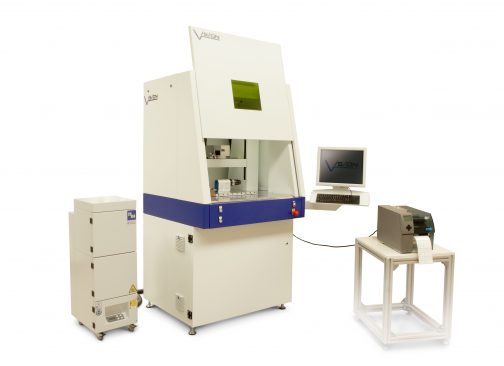

A complete, high-performance, individual solution
The compact HAWK laser marking system offers maximum flexibility and performance.
State-of-the-art laser technology with the best beam quality ensures stable operation with the highest quality standards even under production conditions.
Depending on the task, the laser device is available with a fibre laser, a diode-pumped solid state laser or a CO2 laser.
The HAWK laser marking system can be ideally adapted for any requirements thanks to the use of technical aids such as multi-axis systems, dividing heads, camera recognition, rotary tables or sheet handling. The electronically controlled lifting door has a large laser safety window which allows you to observe and monitor the marking process throughout the process time.
scope of application
laser marking:
– laser marking and engraving of surfaces
– 3D marking and engraving
– hallmarking
– logo marking
– Barcode, Data-Matrix Code
– serial numbers
– 3D micro-engraving
Laserdrilling:
– single shot drilling
– Helix drilling
Laser cleaning:
– degreasing of surfaces
– activation of glued surfaces
Laser cutting:
– remote Laser cutting
– laser fine cutting
Laser micro processing :
– laser micro structuring of surfaces
– 3D laser micro processing of free formed surfaces
Laser welding:
– remote welding
– laser micro welding of planned surfaces
| Technical Data | IPG Fiber 20W |
|---|---|
| laser head | diode-pumped Ytterbium Fiberlaser, with integrated pilot-beam (red) |
| cw-Betrieb | no |
| Wellenlänge | 1064 nm |
| Leistung | 20W |
| M2-Richtwert | 1,5 |
| Q-switch-Betrieb | |
| Pulsenergie | 1 mJ at 20 kHz |
| Peak to Peak Stabilität | 5% |
| Pulsdauer | 100 ns |
| max. Pulsfrequenz | 80 kHz |
| Abmessung Lasermodul in mm | 215 x 95 x 286 mm |
| Umgebungstemperatur | 0°...35° |
| Dimensions |
| Technical Data | IPG Faser 30 W |
|---|---|
| Laserkopf | diodengepumpter Ytterbium Faserlaser, mit integriertem Pilotlaser (rot) |
| cw-Betrieb | nein |
| Wellenlänge | 1064 nm |
| Leistung | 30 W |
| M2-Richtwert | 1,5 |
| Q-switch-Betrieb | |
| Pulsenergie | 1mJ bei 30 kHz |
| Peak to Peak Stabilität | 5% |
| Pulsdauer | 100 ns |
| max. Pulsfrequenz | 80 kHz |
| Abmessung Lasermodul in mm | 201 x 95 x 286 |
| Umgebungstemperatur | 0...35°C |
| Dimensions |
| Technical Data | IPG Faser 50W |
|---|---|
| Laserkopf | diodengepumpter Ytterbium Faserlaser, mit integriertem Pilotlaser (rot) |
| cw-Betrieb | |
| Wellenlänge | 1064 nm |
| Leistung | 50 W |
| M2-Richtwert | 1,5 |
| Q-switch-Betrieb | |
| Pulsenergie | 1 mJ bei 50 kHz |
| Peak to Peak Stabilität | 5% |
| Pulsdauer | 120 ns |
| max. Pulsfrequenz | 100 kHz |
| Abmessung Lasermodul in mm | 201 x 95 x 286 |
| Umgebungstemperatur | 0...35°C |
| Dimensions |
| Technical Data | SPI Faser 20 W |
|---|---|
| Laserkopf | diodengepumpter Ytterbium Faserlaser |
| cw-Betrieb | ja |
| Wellenlänge | 1064 nm |
| Leistung | 20 W |
| M2-Richtwert | <1,6 |
| Q-switch-Betrieb | |
| Pulsenergie | 1 mJ |
| Peak to Peak Stabilität | 3% |
| Pulsdauer | 3-500 ns |
| max. Pulsfrequenz | 1000 kHz |
| Abmessung Lasermodul in mm | 347,5 x 201 x 95 |
| Umgebungstemperatur | 0...35°C |
| Dimensions |
| Technical Data | SPI Faser 50 W |
|---|---|
| Laserkopf | diodengepumpter Ytterbium Faserlaser |
| cw-Betrieb | ja |
| Wellenlänge | 1064 nm |
| Leistung | 50 W |
| M2-Richtwert | <1,6 |
| Q-switch-Betrieb | |
| Pulsenergie | 1 mJ |
| Peak to Peak Stabilität | 3% |
| Pulsdauer | 7-500 ns |
| max. Pulsfrequenz | 1000 kHz |
| Abmessung Lasermodul in mm | 347,5 x 201 x 95 |
| Umgebungstemperatur | 0...35°C |
| Dimensions |
| Technical Data | SPI Faser 70 W |
|---|---|
| Laserkopf | diodengepumpter Ytterbium Faserlaser |
| cw-Betrieb | ja |
| Wellenlänge | 1064 nm |
| Leistung | 70 W |
| M2-Richtwert | <1,6 |
| Q-switch-Betrieb | |
| Pulsenergie | 1 mJ |
| Peak to Peak Stabilität | 3% |
| Pulsdauer | 10-500 ns |
| max. Pulsfrequenz | 1000 kHz |
| Abmessung Lasermodul in mm | 377,2 x 248 x 95 |
| Umgebungstemperatur | 0...35°C |
| Dimensions |
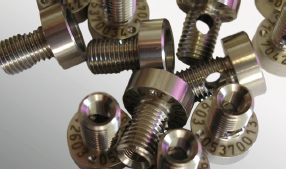
The surfaces of ferrous metals (iron, steel and stainless steel) and titanium can be coloured by heating them. This is known as annealing. The colour generated can range from yellow and red to blue and black depending on the temperature applied.
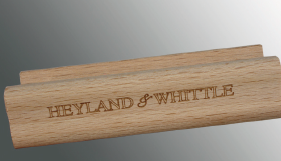
The targeted removal of layers of material or roughening of the surface is known as engraving. A contrast to the rest of the surface is created by changing the texture of specific areas. Almost all materials can be engraved provided the right type of laser technology is used. A range of different effects can be created on the various different materials. The engraving depth and surface quality can be defined extremely accurately with the right laser parameters.
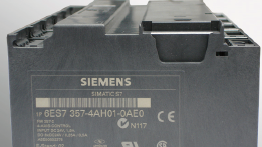
Creating three-dimensional surface textures using laser technology is known as deep engraving. As with standard laser engraving, specific parts of the surface are removing by laser-induced melting and vaporisation. With the right laser parameters and by setting the number of times the laser beam is applied, you can define the engraving depth and surface quality with great precision
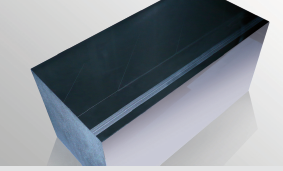
This marking method is used mainly for plastics, but also for some paints and ceramics. Colour pigments in the material absorb the laser radiation and change colour. As the colour change takes place in the material itself, the surface texture does not change.